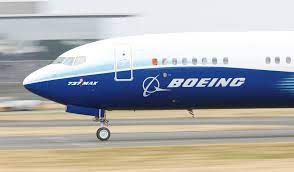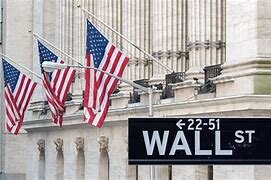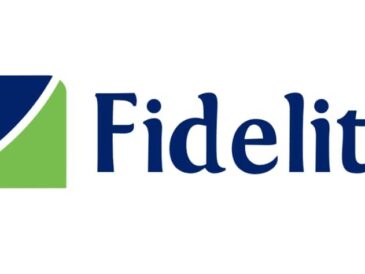By – Rich Smith
Seattle, Nov. 11, 2024 – Boeing reported its third-quarter earnings late last month. The news wasn’t great: A 1% decline in sales to $17.8 billion, negative operating profits, and a $6.2 billion net loss on the bottom line.
This confirms that after three straight years of steady growth as Boeing emerged from the pandemic slowdown in air travel, Boeing sales are shrinking once again.
Worse, the aerospace giant appears to be heading for its sixth straight year of negative profits. Over the last 12 months, Boeing’s net loss totals $8 billion, its worst loss ever since the first year of the pandemic.
Admittedly, a big chunk of Boeing’s loss is attributable to a one-time event, the company’s fourth-longest-ever labor strike which contributed about $4 billion to losses in Q3.
This strike of course is now at an end, but not without consequence for Boeing.
In addition to any sales lost during the labor stoppage, Boeing had to postpone introduction of one airplane (the 777X) and shutter production of another (the 767 Freighter) in order to preserve cash during the strike.
The company announced plans to take on loans and issue up to 170 million new shares to raise additional cash.
At current high interest rates, this will increase Boeing’s payments on its debt, at the same time as the new shares dilute any profits shareholders earn in future years — by as much as 27.5%.
On top of all that, Boeing had to agree to raise its machinists’ salaries by 38% over the next four years, in order to convince them to end the strike, adding to its overhead costs and further draining profits.
The good news is that with the strike behind it, and a mountain of cash generated by its borrowings and share sales, Boeing will survive. The bad news is that the company will probably be a lot less profitable going forward.
How much less profitable? Consider: According to the latest estimates from S&P Global Market Intelligence, Wall Street analysts forecast that Boeing will lose money this year, and return to profitability only in 2025.
Profits are expected to grow steadily from there on out, reaching $8.12 per share three years from now, in 2027.
That number may turn out to be overly optimistic.
Take Boeing’s 38% wage hike, for example. Initially, this pay raise will go only to its machinists in Washington State, members of the International Association of Machinists who called the strike.
Over time, however, I would expect other Boeing workers to demand pay raises similar in size to keep their own wages in line with what the machinists are making.
By my calculations, therefore, a 38% increase in wages across Boeing’s workforce could raise the company’s salary costs by as much as $1.3 billion, eating into profits, and reducing the company’s per-share earnings to just $7.60.
Next, the increased share count from new shares Boeing is issuing will dilute those earnings even further. Should Boeing issue all the shares it’s contemplating, the resulting 27.5% dilution in earnings will cut per-share earnings to as little as $5.96.
As of close of trading Thursday, Nov. 7, Boeing stock costs about $151 per share, meaning the stock trades for more than 25 times my estimate of its 2027 earnings.
If anything goes wrong with Boeing’s turnaround, causing its earnings to come in short of analysts’ (usually overoptimistic) predictions for 2027, the forward price-to-earnings ratio could be even higher than that.
Call me a pessimist if you like, but with Boeing’s future uncertain, its dividend canceled, and its $57 billion debt load at risk of being downgraded to junk, this seems too expensive a price to pay to own Boeing stock.
Ever feel like you missed the boat in buying the most successful stocks? Then you’ll want to hear this.
On rare occasions, our expert team of analysts issues a “Double Down” stock recommendation for companies that they think are about to pop. If you’re worried you’ve already missed your chance to invest, now is the best time to buy before it’s too late. And the numbers speak for themselves:
Amazon: if you invested $1,000 when we doubled down in 2010, you’d have $23,446!*
Apple: if you invested $1,000 when we doubled down in 2008, you’d have $42,982!*
Netflix: if you invested $1,000 when we doubled down in 2004, you’d have $428,758!*
Right now, we’re issuing “Double Down” alerts for three incredible companies, and there may not be another chance like this anytime soon. (The Motley Fool)





